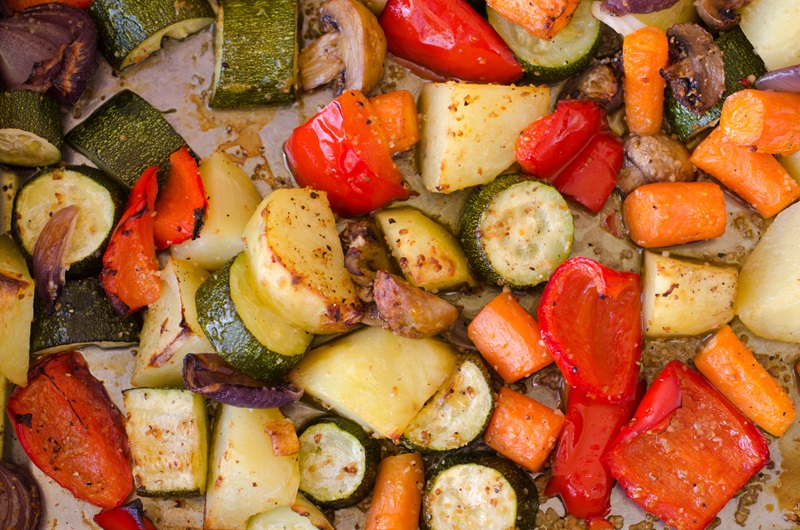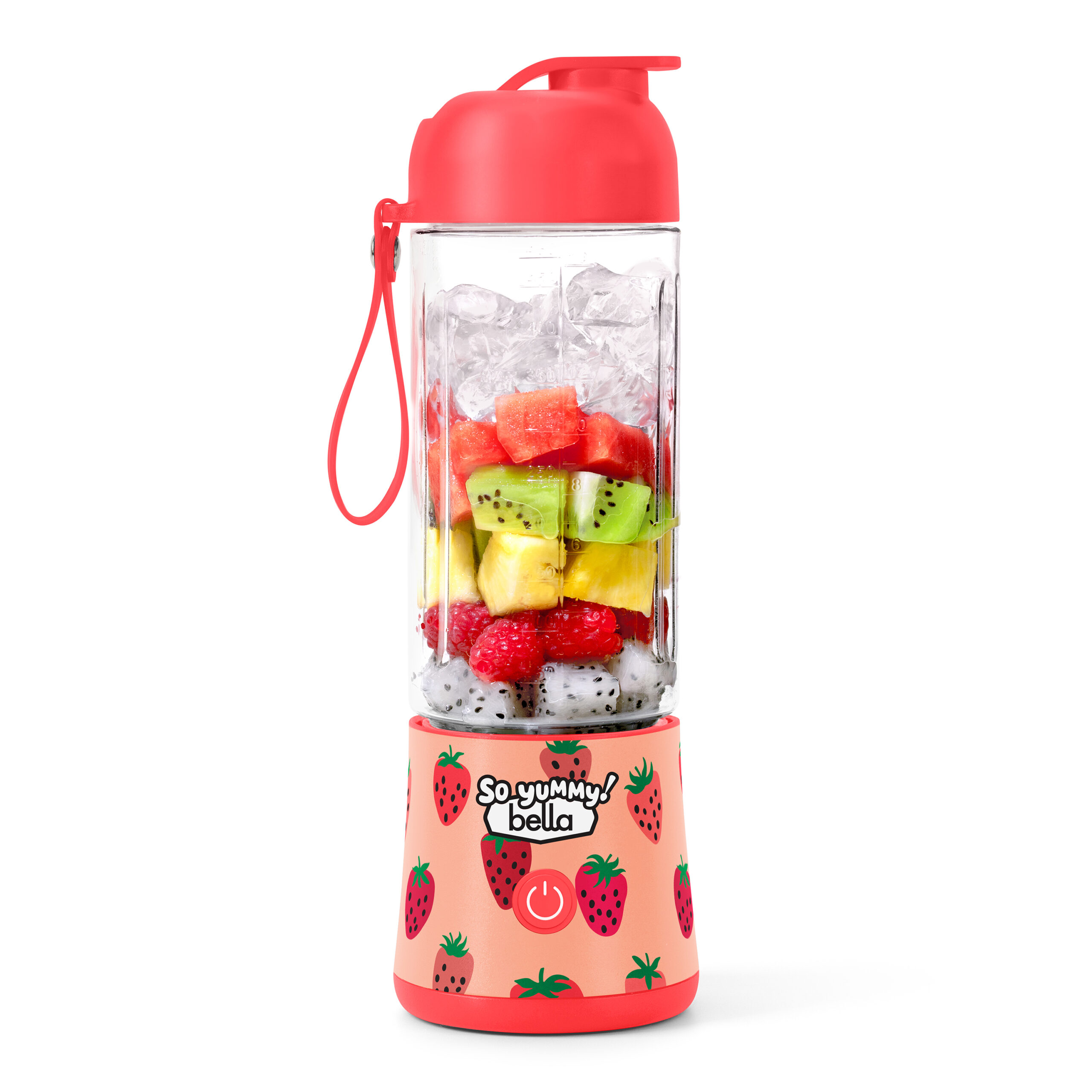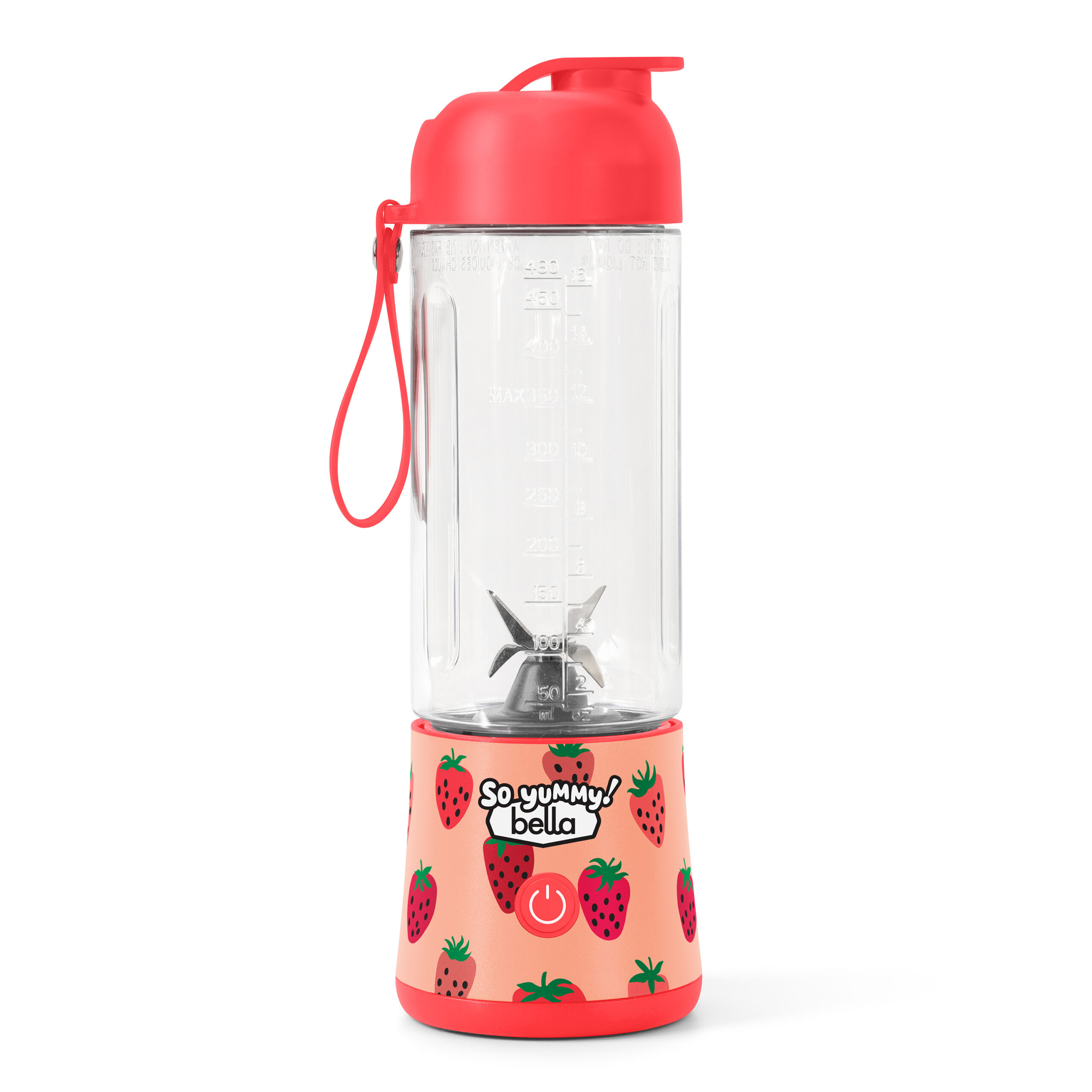Benefits of Using a Portable Blender for Baby Food
Using a portable blender for baby food preparation offers numerous benefits. Firstly, it provides convenience and flexibility for busy parents. A portable blender allows them to prepare fresh and nutritious meals for their baby wherever they go. By making baby food at home, parents have control over the ingredients, ensuring that their little ones are getting the best quality and nutrition.
Additionally, a portable blender ensures quick and efficient food processing, saving time and effort. It allows parents to control the texture and consistency of the food, catering to their baby’s developmental stage. The portable blender’s versatility extends beyond baby food, as it can also be used for making smoothies, purees, and sauces for the whole family.
Choosing the Right Ingredients for Portable Blender Baby Food
Fresh Fruits, Veggies, and Protein
When it comes to making nutritious baby food with a portable blender, fresh fruits and vegetables are essential ingredients. The portable blender allows you to easily blend all kinds of fruits and veggies — from apples and pears to carrots and sweet potatoes — into a smooth puree for your little one. The compact design of the blender makes it convenient to take on the go, whether you’re traveling or simply want to prepare baby food in different rooms of the house.
Still, your baby will eventually need to have a more diverse diet. As your baby grows, it’s important to introduce protein sources to their foods. Adding a portable blender to your kitchen arsenal allows you to easily puree any protein sources. Cooked meats like chicken, turkey, and beef can be blended to a smooth consistency, providing essential nutrients for your baby’s development. You can also blend cooked beans and lentils for a plant-based protein option.
Preparing the Ingredients
Proper Washing and Peeling Techniques
When preparing baby food with a portable blender, make sure all ingredients are thoroughly washed and peeled. Start by thoroughly rinsing fruits and vegetables under running water to remove any dirt or contaminants. For leafy greens and herbs, it is advisable to soak them in a bowl of water for a few minutes before rinsing. This helps to remove any dirt or residues.
Next, peel the fruits and vegetables that require it. For example, apples, pears, and carrots should be peeled to remove any tough skin or pesticide residues. Use a vegetable peeler or a small knife to carefully remove the skin while preserving as much of the flesh as possible.
Cooking Methods for Baby Food Ingredients
Steaming is a popular cooking method as it helps retain the natural flavors and vitamins in the food. It involves placing the ingredients in a steaming basket over boiling water and cooking until they are soft and tender. Steamed fruits and vegetables can then be blended into a smooth puree using a portable blender.
Another cooking method is baking or roasting. This method is ideal for ingredients like sweet potatoes, butternut squash, or apples. Simply scrub and pierce the skin of the ingredient, place it on a baking sheet, and bake in the oven until soft. Once cooked, the baked ingredients can be easily mashed or blended into a creamy consistency using a portable blender.

Using a Portable Blender for Baby Food Preparation
Tips for Using a Portable Blender Safely
When using a portable blender, it is important to prioritize safety for both you and your baby. Always ensure that the blender is properly assembled before use, and double-check that the blades are securely in place. Remember to add the ingredients in small quantities to avoid overloading the blender and damaging its motor. It’s also crucial to follow the manufacturer’s instructions regarding the maximum blending time to prevent overheating. Make sure to clean the blender thoroughly after each use to maintain its performance and prevent any potential contamination.
Nutritious Baby Food Recipes
Fruit Purees and Blends
Start by choosing ripe and soft fruits such as bananas, apples, pears, or peaches. Peel and chop the fruits into small pieces, ensuring that any seeds or pits are removed. Place the fruit chunks into the portable blender and blend until smooth and creamy. For added nutrition, you can also mix in some yogurt or breast milk.
Consider experimenting with different fruit combinations to create exciting flavors for your baby. For example, blend bananas and blueberries for a tasty and antioxidant-rich puree. Or, mix apples and strawberries for a refreshing and vitamin-packed blend.
Vegetable Purees and Blends
Start by selecting a variety of vegetables such as carrots, sweet potatoes, peas, and/or spinach. Peel, chop, and steam the vegetables until they are soft and easily mashable. Once cooked, transfer the vegetables to the portable blender and blend until smooth. You may need to add a little water or breast milk to achieve the desired consistency.
To add more flavors and nutrients, you can mix different vegetables together. For example, blend carrots and peas for a vibrant and vitamin-rich puree. Or, combine sweet potatoes and spinach for a nutritious and fiber-packed blend. Remember to introduce vegetables gradually to your baby’s diet, offering one new vegetable at a time to monitor any potential allergies.
Storing and Serving Baby Food With a Portable Blender: A Guide for Parents
Proper Storage Techniques
When making homemade baby food with a portable blender, it’s important to consider proper storage techniques to ensure the food remains fresh and safe for your little one. One of the great advantages of using a portable blender is that you can easily prepare small batches of baby food, minimizing waste. After blending the ingredients, transfer the puree into airtight containers or ice cube trays, depending on the portion sizes you prefer.
For longer storage, freeze the food in individual servings. This way, you can simply thaw one portion at a time as needed. Label each container with the date and the type of food to keep track of freshness. Remember to use BPA-free storage containers to avoid any potential harmful effects on your baby’s health.
Serving Suggestions and Portion Sizes
When it comes to serving suggestions, you can introduce a wide range of fruits, vegetables, and even proteins into your baby’s diet. As for portion sizes, it is recommended to start with small amounts, such as one to two tablespoons, and gradually increase as your baby’s appetite grows. By using a portable blender, you can easily adjust portion sizes by blending smaller or larger quantities. Remember to always consult with your pediatrician to ensure you are meeting your baby’s individual nutritional needs.



